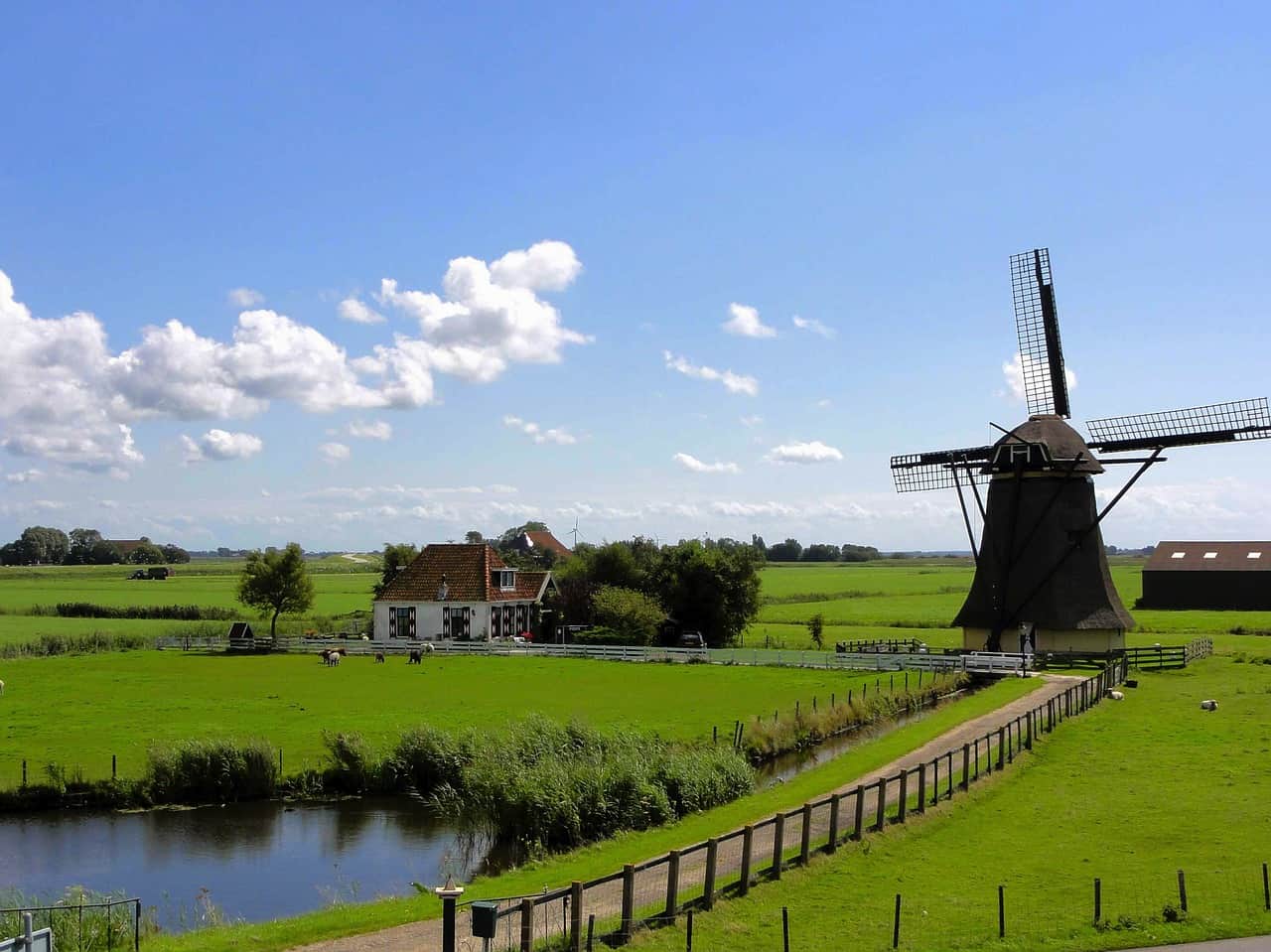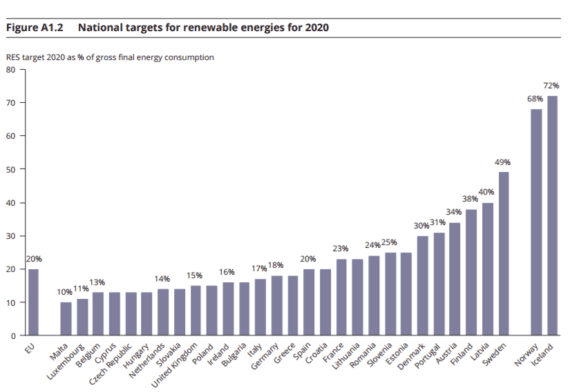
Regarding the environment and sustainability, the Netherlands has always been portrayed in favorable lighting, even implicitly (think bicycles and windmills). Currently, they are celebrated for progressive ideas, 100% wind-powered passenger trains, and have recently become an example for resilient and innovative infrastructure.
Unfortunately, it seems the Dutch’s green image is little more than a facade. Among the 28 countries of the EU, the Netherlands was given an abysmal number 26 ranking for its share of renewable energy. In 2014, the Netherlands derived just 5.5% of their energy from renewable sources. Only Malta (4.7%) and Luxembourg (4.5%) scored worse.
It is very unlikely that the Netherlands will achieve their Paris Agreement goals. The EU committed to meeting a 20% average in renewables by 2020— and 27% by 2030. The Netherlands still has a long way to go before meeting that average, or even their respective 14% goal by 2020. From 2014 to 2016, they managed to increase the renewable energy share by only 0.4%, sitting at 5.9% according to the most recent data available.

The internet blew up a couple months ago after the United States denied upholding the Paris Agreement following the 2017 G7 meeting in Italy. But the truth is, the Netherlands hasn’t yet consented either— and actually only 153 of 197 parties have ratified the convention this year.
Despite that Dutch authorities “deplored” the United States for our highly publicized exit from the climate deal, and also announced they will double their monetary donations to Intergovernmental Panel on Climate Change (IPCC). Although the actual financial investment was small (EUR 100,000), they called it symbolic— in order to prove “Europe is taking its responsibilities seriously and showing leadership,” said Dutch environment minister Sharon Dijksma.
Of course, renewable energy is only one component of the environmental sector, and there are other factors to consider. But the Netherlands has continued to disappoint: in 2013, data from the World Bank showed that the Netherlands C02 emissions were 50% higher than the EU average, and the gap has only worsened in the last half decade since.
Rogier van Rooij of Clean Technica wrote, “In defense of the Dutch, our high population density sometimes poses a problem to locating new wind or solar farms, and the Netherlands’ lack of hills means hydropower is not as readily available as it is in countries like Norway or Sweden.” Van Rooij points to the central-right government, which has failed to prioritize cutting emissions or curbing reliance on fossil fuels, saying “the issue seems to go deeper.”
What are your thoughts? Please comment below and share this news!


